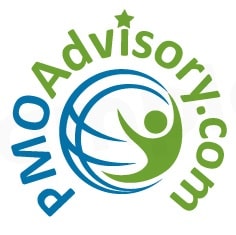“What we need are key risk indicators. While key performance indicators (KPIs) and key risk indicators (KRIs) are used mostly in operational and enterprise risk management, these measures can help project managers too.
So, what is a key risk indicator and how does it differ from a key performance indicator? Where KPIs tell us about historical performance, KRIs help us predict the occurrence of a risk. Project managers who use KRIs can be more proactive.”
Susan, a project manager, looked at the scheduled activities for testing software and saw that the activities were on schedule. In other words, the testing performance had gone as Susan and the team had planned. However, she had also been watching the testing defect report which has been showing an alarming increase in the number of significant defects — a key risk indicator — in the last two weeks.
Susan predicts that the testing activities will fall behind schedule in the coming weeks unless additional testing resources are added. Furthermore, she recommends additional unit testing to discover and correct defects before the code is released for testing”. – Harry Hall, excerpted from The Project Management Coach and the article, “Get Ahead of Your Risks – How to use key risk indicators“. Click here to read the article in its entirety and or to visit the Project Rick Coach. [end]
Excellent insight and well said! PMO Advisory offers courses throughout the year designed for project professionals interested in Portfolio (PfMP), Program (PgMP), Project (PMP & CAPM) Risk (PMI-RMP) Management, and Agile (PMI-ACP) certifications.

